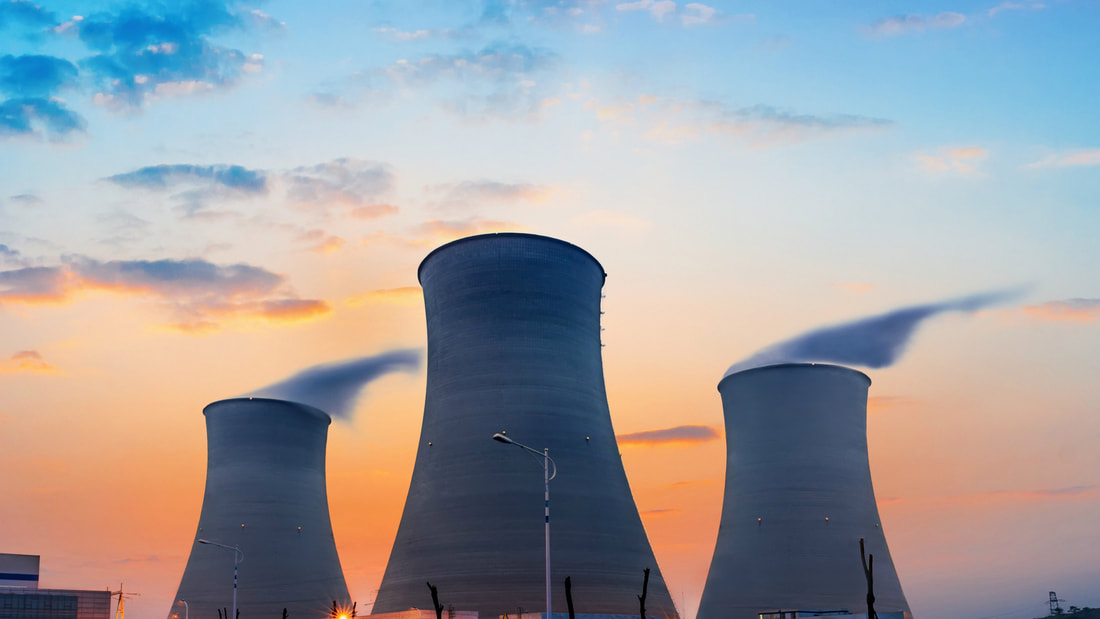Fission power plants
|
Control rods
|
Once a nuclear reactor has gone critical the energy released is in the form of thermal energy and the reactor will start to heat up rapidly. To cool the reactor a power plant has either liquid sodium or heavy water. These two are run directly through the reactor core and are after exposed to the harsh neutron environment makes them radioactive. Because the coolant is contaminated with radioactive isotopes it is isolated in a closed loop as shown left. Once the coolant is circulated out of the reactor core it is run into another closed loop to a steam generator where it heats water into steam, this steam is then used to turn a generator to make electricity. After the steam travels through the generator it goes to a condenser which cools the water and converts it back to liquid. Now that there is a general principle of how a reactor works how do they control the amount of power output to a city?
A city's power needs are not constant throughout the day. A reactor is continually splitting atoms and does this in an exponential growing way if not controlled. To keep the reactor from releasing too much energy the plant uses control rods. Control rods need to be made of a special type of material that has a large neutron capture cross-section. All this means is that the control rods must be able to absorb neutrons without fissioning itself. The reason these control the reactors is that the chain reaction is driven by neutrons so when some are absorbed it destroys the driving factor that keeps the reactor growing. These control rods are placed at the top of the reactor and can be dropped into the core when the reactor is getting too hot or the power need is not as high. |


